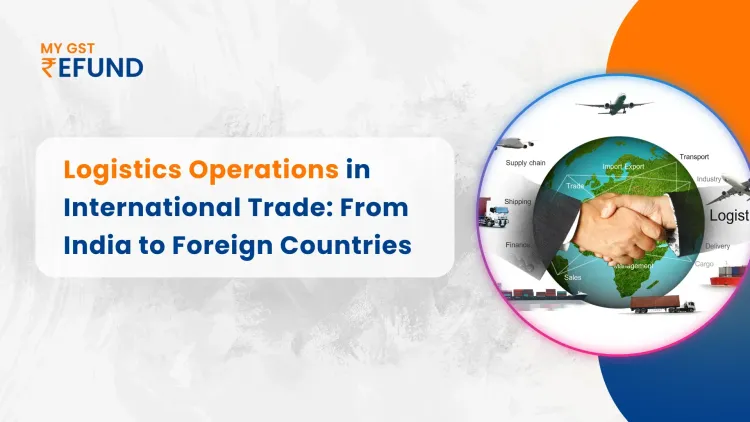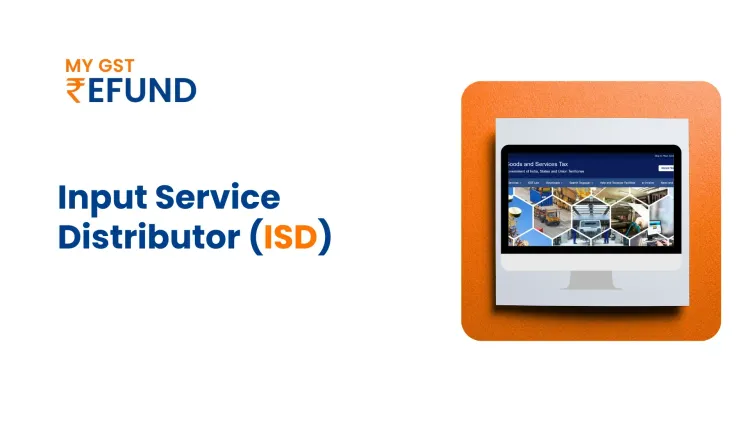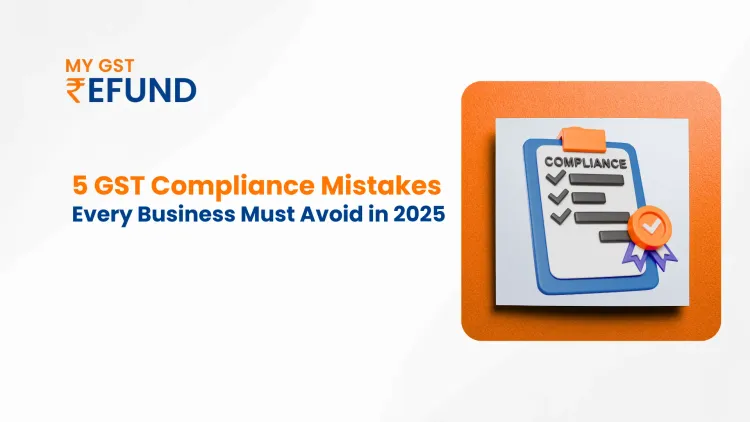Single Unified Multi-Purpose Electronic Bond in Customs – Ekal Anubandh
Circular No. 04/2025-Customs, dated February 17, 2025, introduces a significant reform in the customs clearance process under the Indian Customs Department. The circular focuses on the implementation of the Single Unified Multi-Purpose Electronic Bond system, named Ekal Anubandh, which aims to simplify and streamline the bond submission and execution process for both importers and exporters. This system is designed to enhance efficiency, reduce compliance costs, and promote digital facilitation of trade.
Key Features of Ekal Anubandh:
1. Unified Bond System:
- Traditionally, importers and exporters needed to submit specific bonds for each transaction or clearance across multiple customs locations.
- Ekal Anubandh introduces a Single Unified Bond that can be used for multiple transactions. This system replaces the need for multiple bonds and simplifies the process significantly.
- This bond can be used across various ports in India, making it a one-time solution for businesses involved in international trade, reducing paperwork and complexity.
2. Multi-Purpose Functionality:
- The new bond is multi-purpose, meaning it can be used for a variety of customs procedures like the clearance of imported goods, export goods, duty drawback, IGCR, carotar, Moowr, provisional assessments, warehousing, and more.
- By serving multiple purposes, this bond minimizes the number of separate financial instruments businesses need to maintain.
3. Electronic Platform Integration:
- Ekal Anubandh is fully integrated into the ICEGATE (Indian Customs Electronic Gateway), which is the digital platform used by customs for communication and transaction processing.
- The bond is electronically submitted, processed, and executed, removing the need for physical submission of documents.
- This move contributes to the paperless vision of modern customs operations, enhancing speed and reducing human errors.
4. Seamless Integration with National e-Governance Services Limited (NeSL):
- The bonds will be executed digitally through NeSL, which ensures transparency, security, and compliance.
- The electronic signing and digital execution of the bonds will be done without the requirement for notarization or physical verification, simplifying the process.
- This integration ensures that the bond details, such as terms and conditions, are properly tracked and documented in a secure digital format.
5. Bank Guarantee (BG) Integration:
- The new system allows for the integration of electronic bank guarantees (e-BG) into the customs process.
- By linking the bond submission with the electronic bank guarantee, the customs process becomes more transparent and secure, providing a guarantee that the financial obligations of the bond will be met.
- This improves trust between the customs authorities and the business community.
6. Real-time Monitoring and Tracking:
- As part of the digital transformation, customs authorities and businesses can track the Refund status of bonds in real-time through the ICEGATE platform.
- This feature ensures that businesses can easily verify the bond status, reducing delays and increasing transparency in the customs process.
Implementation Phases of Ekal Anubandh:
- The implementation of the Ekal Anubandh system will occur in phases, with gradual adoption across various customs zones in India.
- The Directorate General of Systems (DGS) will release detailed instructions and advisories on the phased implementation and rollout.
- Customs officers will need to undergo training on this new system to ensure smooth integration at the operational level.
Benefits of the System of Ekal Anubandh:
1. Reduced Administrative Burden:
- Businesses will no longer need to manage multiple bonds for different transactions and locations.
- The electronic bond submission and execution significantly cut down the need for physical paperwork, reducing the time spent on administrative tasks.
2. Cost Savings:
- The unified and electronic nature of the bond system reduces compliance costs for businesses, especially SMEs who may not have the resources to deal with complex and varied bond submissions.
- The digitization of the process also leads to savings in postage, courier charges, and other costs associated with traditional methods.
3. Improved Compliance and Risk Management:
- The digital system improves monitoring of bonds and guarantees, allowing for better tracking of compliance.
- It also reduces the risk of errors in bond submissions, ensuring that financial commitments are fulfilled, and avoiding penalties for missed payments or unclear documentation.
4. Faster Clearance Times:
- By simplifying the bond submission process, customs authorities will be able to clear goods faster, reducing delays in international trade.
- This could lead to faster customs clearance times at ports, improving business efficiency and reducing supply chain disruptions.
5. Greater Transparency:
- Businesses can easily track the status of their bonds through the ICEGATE portal, providing complete transparency throughout the customs clearance process.
- Customs officers can also monitor and track bonds in real-time, enhancing accountability and compliance.
6. Enhancing Digital Trade:
- The Ekal Anubandh system supports India’s goal of digitizing trade processes, making the customs clearance process more efficient and competitive globally.
- By adopting digital solutions like electronic bonds, India is positioning itself as a leader in digital trade facilitation in the region.
Challenges and Considerations of Ekal Anubandh:
1. Adoption by Businesses:
- While large corporations may easily adapt to the new system, smaller businesses might face challenges in understanding and adopting the digital platform.
- There will be a need for training, awareness programs, and support from customs authorities to ensure smooth adoption.
2. System Integration Issues:
- The success of the system will depend on how well it integrates with existing customs systems and how quickly customs authorities can handle technical issues.
- Some businesses might experience initial glitches, especially during the phase-wise implementation.
3. Cybersecurity:
- As the bond submission process becomes entirely digital, it will be essential to ensure strong cybersecurity measures are in place to protect sensitive business and financial information.
Role of Customs Officers:
- Chief Commissioners of Customs are instructed to disseminate the new system and its benefits among customs officers under their jurisdiction.
- Outreach programs will be essential to ensure that businesses understand the implications of the new system and how to take full advantage of it.
A brief note on the Annexures is attached with the above Circular
The Circular No. 05/2025-Customs, issued by CBIC, contains several annexures related to the Digital Stamping and Execution of a Single All-India Multipurpose Electronic Bond (SEB) and related processes under the Customs Act, 1962. Below is a brief explanation of each annexure:
Pro Tip: Use our GST Refund Calculator to easily calculate your refund and simplify the GST process. Whether you want to know your refund amount or check its status, our tool makes it simple to know your GST refund quickly and accurately.
Conclusion
Ekal Anubandh represents a major step toward digital transformation and simplification of customs operations in India. By introducing a unified, multi-purpose, electronic bond, the initiative aims to reduce administrative burdens, save costs, improve compliance, and speed up the customs clearance process. This innovation aligns with India's broader vision of creating a more transparent, efficient, and globally competitive trading environment. However, businesses and customs authorities must work together to ensure smooth implementation and seamless integration with the existing trade and customs systems.
In essence, these annexures provide detailed guidelines and formats for different aspects of the Single All-India Multipurpose Electronic Bond (SEB) system, e-Bank Guarantees, and other digital compliance mechanisms in Customs. These changes are intended to make the bond execution and guarantee process more efficient, transparent, and integrated within the digital framework of India's Customs operations.
Related Posts








